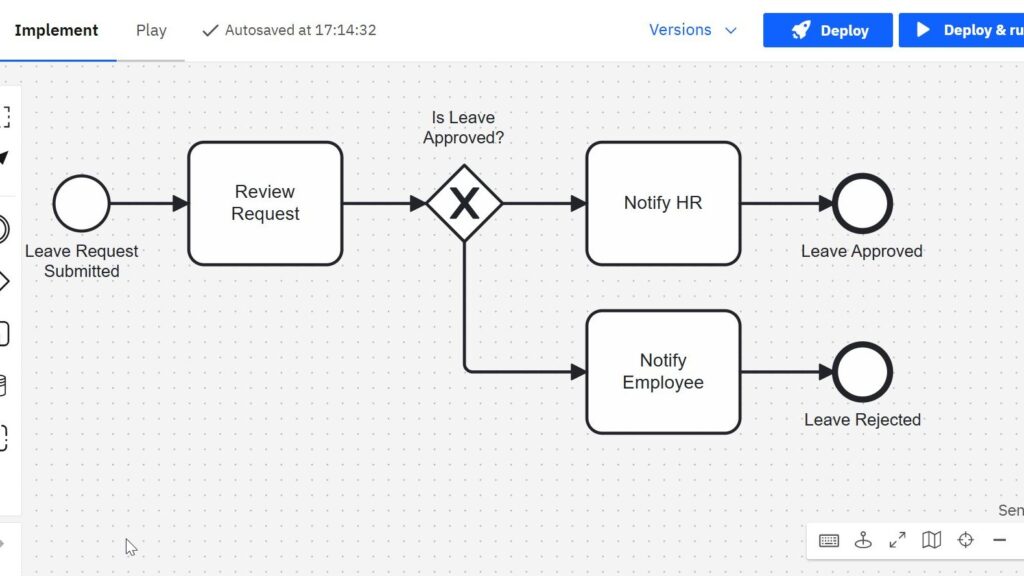What is BPMN – Business Process Management and Notation
Every organization wants to work efficiently. I know I do. I want every process to flow smoothly, from the first step to the final result. That way, customers stay happy, and we reach our goals faster. But how do I make sure everything works like a well-oiled machine? The answer lies in process management and business process modeling. Let me walk you through what BPMN is. The following overview provides an initial introduction to the content.
What is BPMN – Business Process Management and Notation Read More »



















